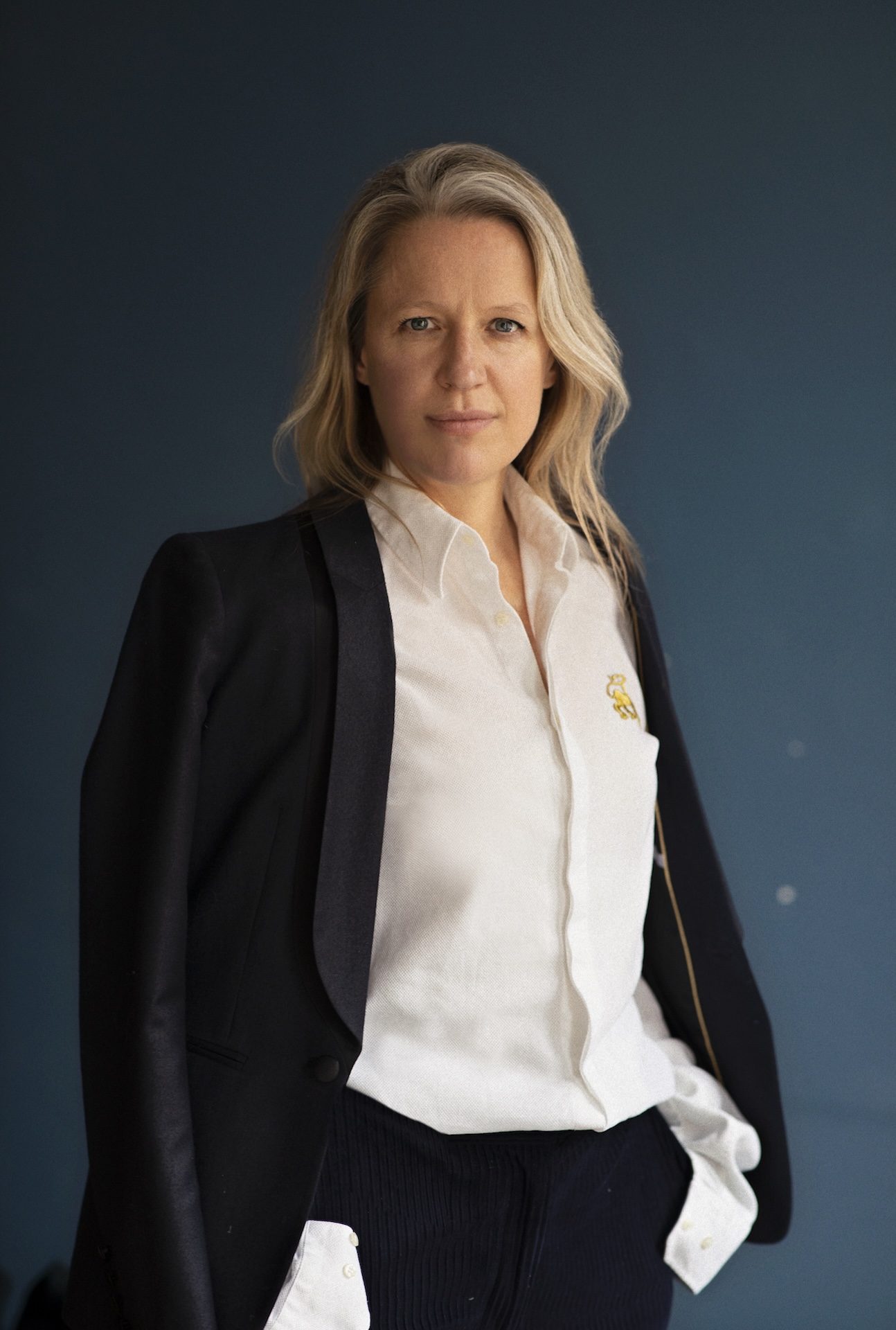

Interview Touria El Glaoui, founding director of 1-54 Contemporary African Art Fair
Ahead of Thursday’s London launch and a record 20 galleries exhibiting from Africa (out of a total of 48 exhibitors), Touria El Glaoui tells us what to expect from its upcoming programme and beyond…
THE WICK: Talk us through a typical Monday.
Touria El Glaoui: Usually, I wake up early to read my emails and any press coverage. I then head into our Somerset House office, where I meet the team for our weekly meeting. I work in Somerset House for a few hours before having afternoon meetings with galleries and artists showing at the fair. At the moment, it’s hectic as we have our London fair, so a ‘typical’ Monday doesn’t really transpire in the way I’ve just laid out, but this variety is one of the many reasons why I love what I do. And when we work on our Marrakech and New York fairs, my Mondays change again.
TW: What compelled you to take the jump into the arts with 1-54 in 2013?
TEG: At the time, I had recently helped my artist father, Hassan El Glaoui, organise exhibitions of his work and I was coming to realise how instrumental his connections were in making these exhibitions materialise successfully. By that point, I had also spent a lot of time travelling across Africa for my role in telecoms. These travels allowed me an insight into art scenes on the continent, where I met incredible artists and gallerists. I was always struck by how little visibility these artists had in international art scenes. The convergence of these experiences gave rise to my initial thoughts for a platform that would give the arts across the continent the recognition and opportunities they deserved internationally.
TW: To what extent do you think 1-54 has helped bring visibility to African artists?
TEG: 1-54 followed a decade+ of hard work by individuals in Africa pushing for greater visibility, so this isn’t a lone achievement. I think 1-54 has been a space that allowed for a large gathering of artists, galleries, museums, collectors and curators from across Africa and those based in the locale. These gatherings not only resulted in visibility, but visibility resulted in action – work being collected, museum shows, artist collaborations, residencies, a furthering of critical discourse and so forth. If visibility is done right, it is partnered with action. We still have a long way to go in not only the visibility of African artists but also challenging misconceptions, but I am spurred on by what we have collectively all done so far.
TW: Last year’s 1-54 was pared back. What can we expect this year?
TEG: This year, you can expect 48 galleries presenting the work of more than 150 artists from Africa and its global diaspora to be present for four days in Somerset House. Our public programme, 1-54 FORUM, is curated by Dr. Omar Kholeif, director of collections and senior curator at Sharjah Art Foundation. The programme is taking place online and will be live streamed to Somerset House and includes talks, screenings and performances with leading artists, curators and thinkers. This is also alongside numerous special projects such as an exhibition at Christie’s Duke Street curated by Christine Eyene.
“I was always struck by how little visibility these artists had in international art scenes.”













